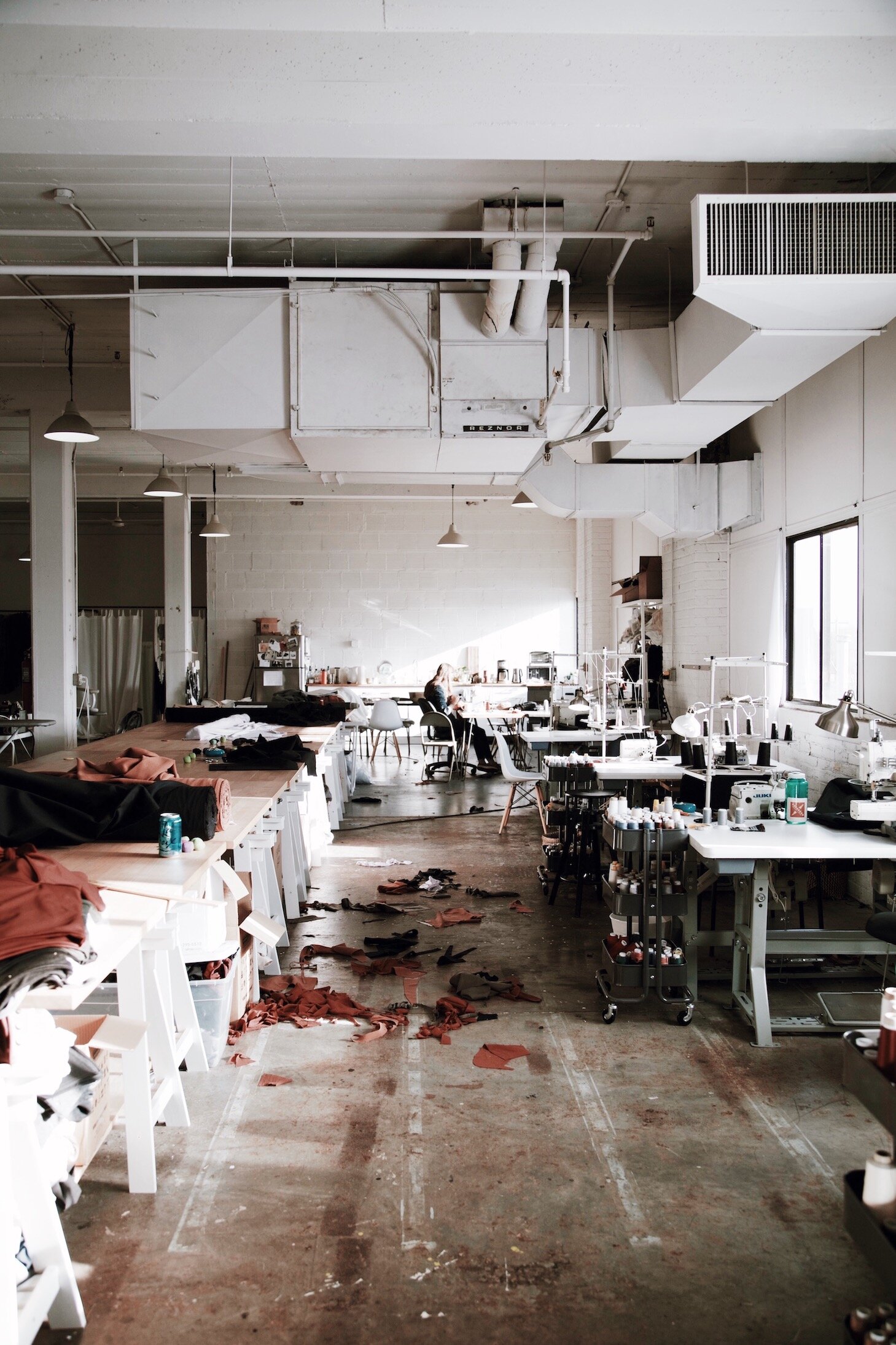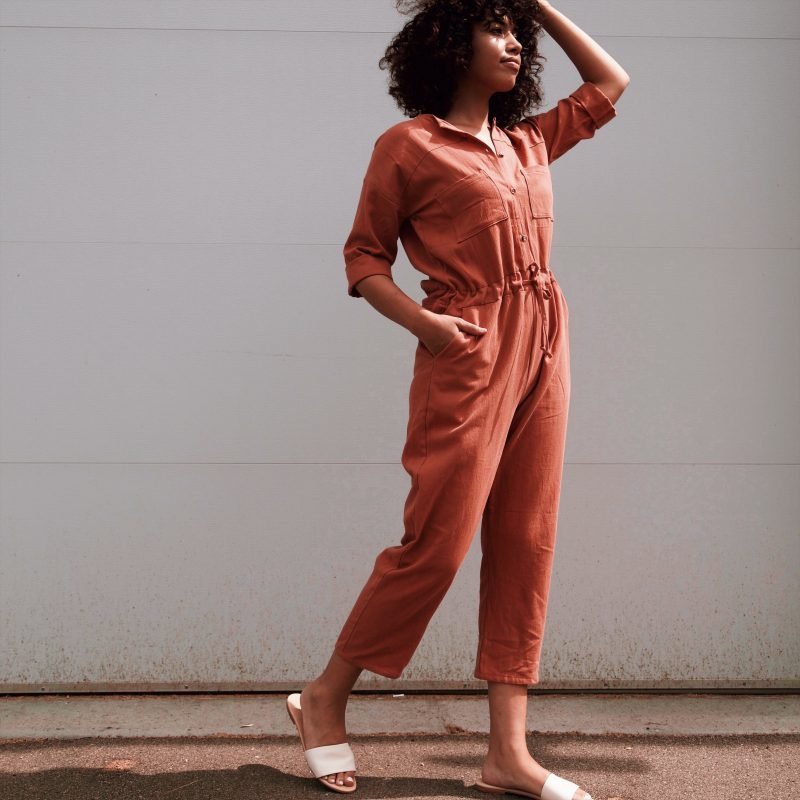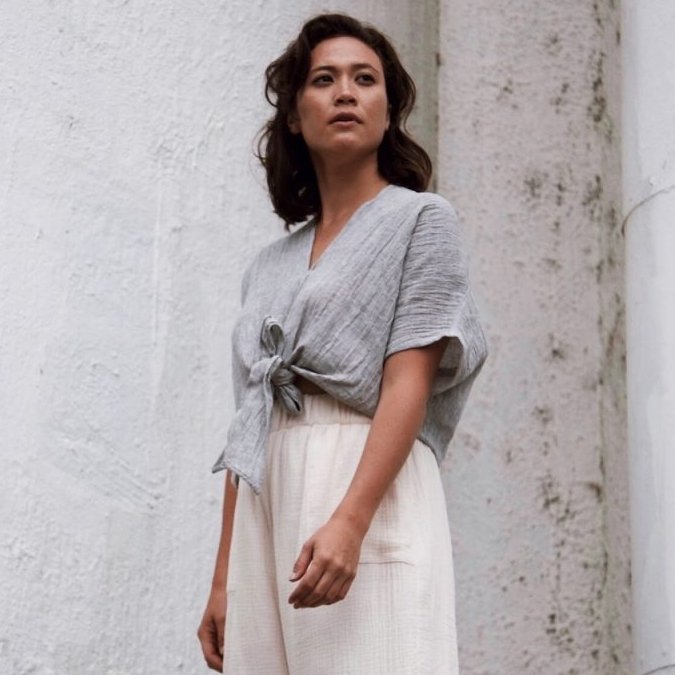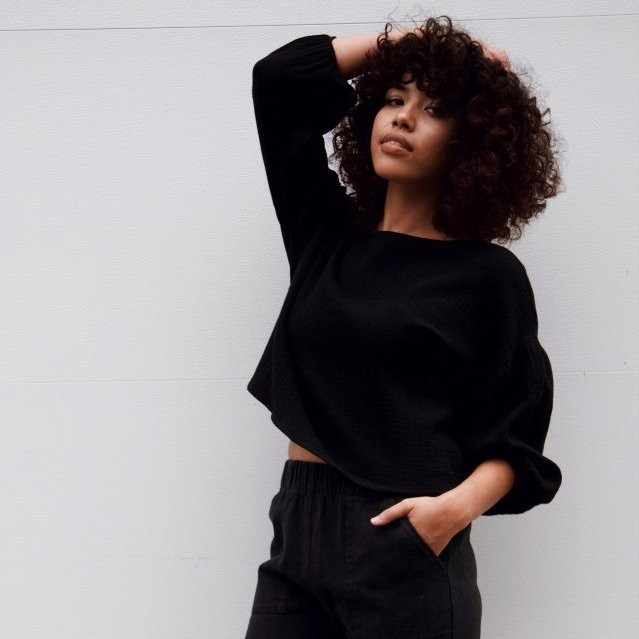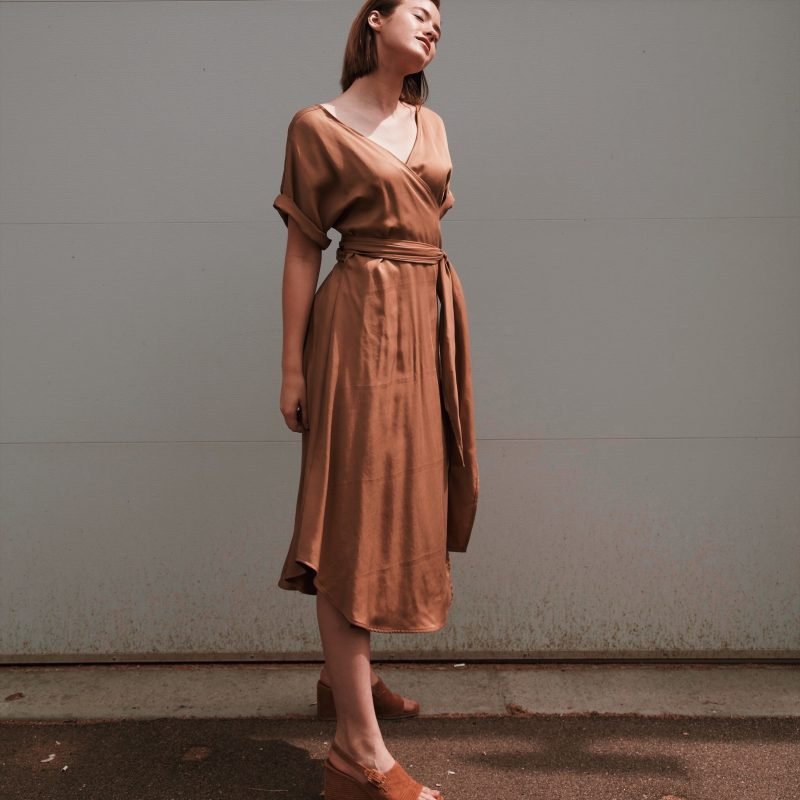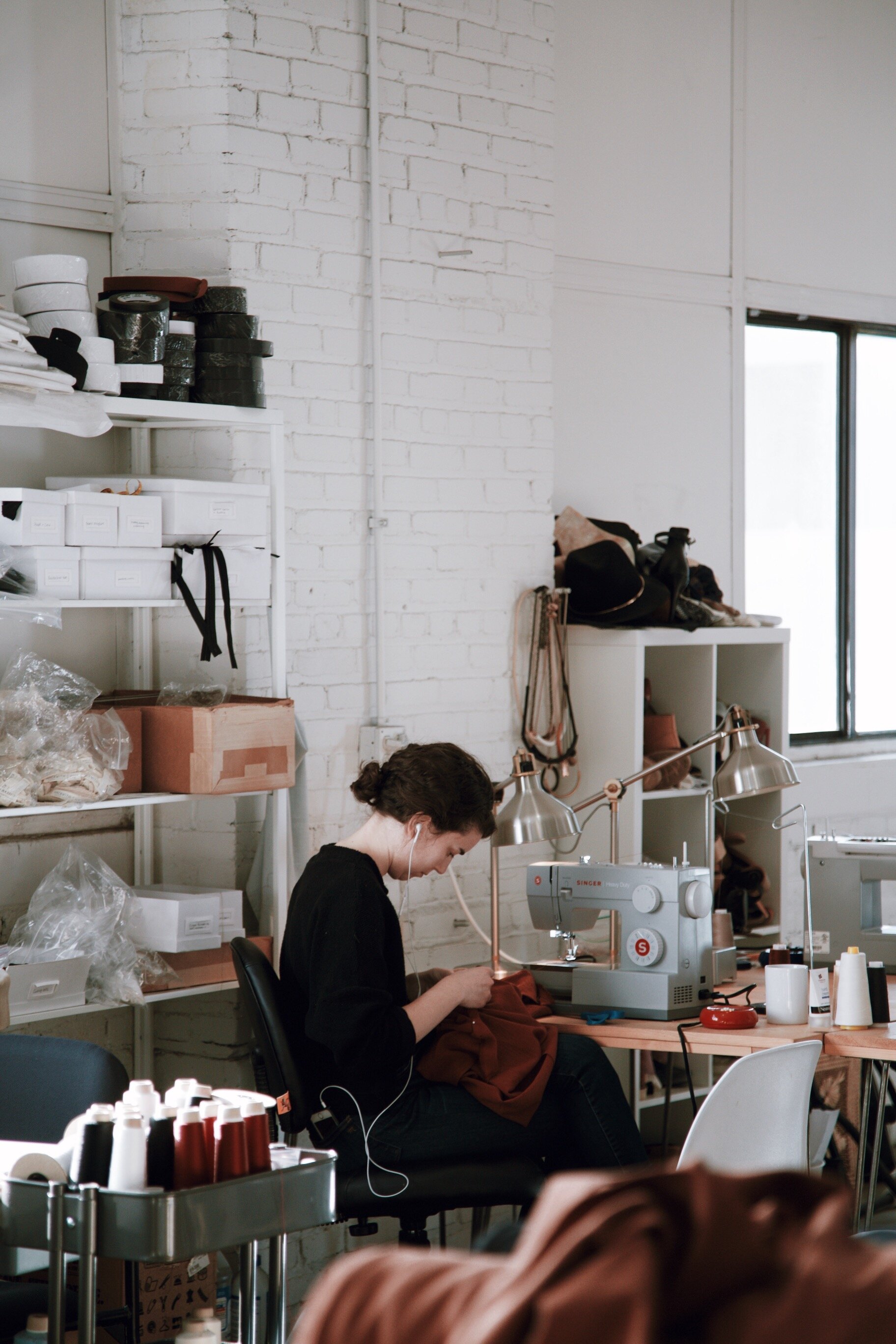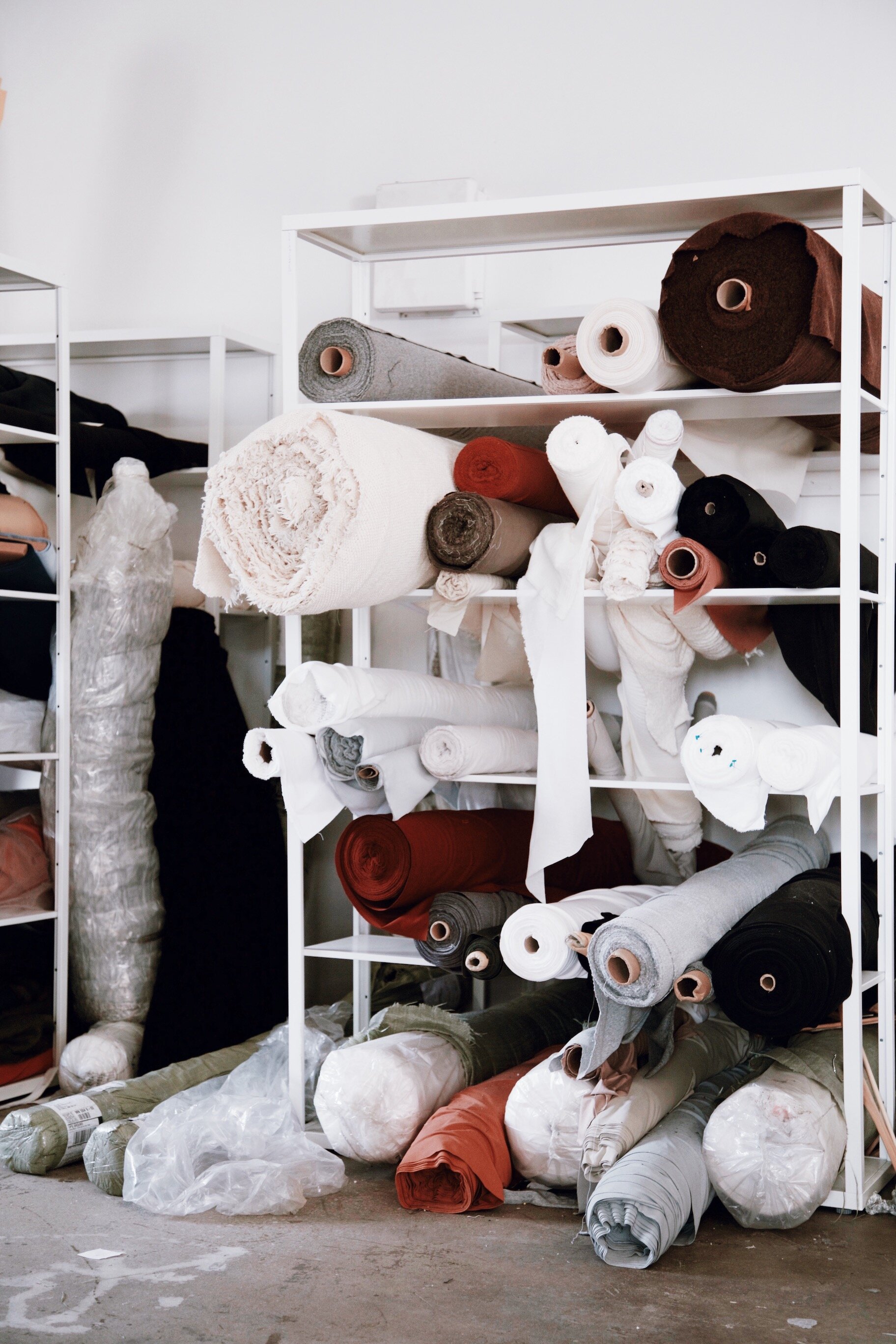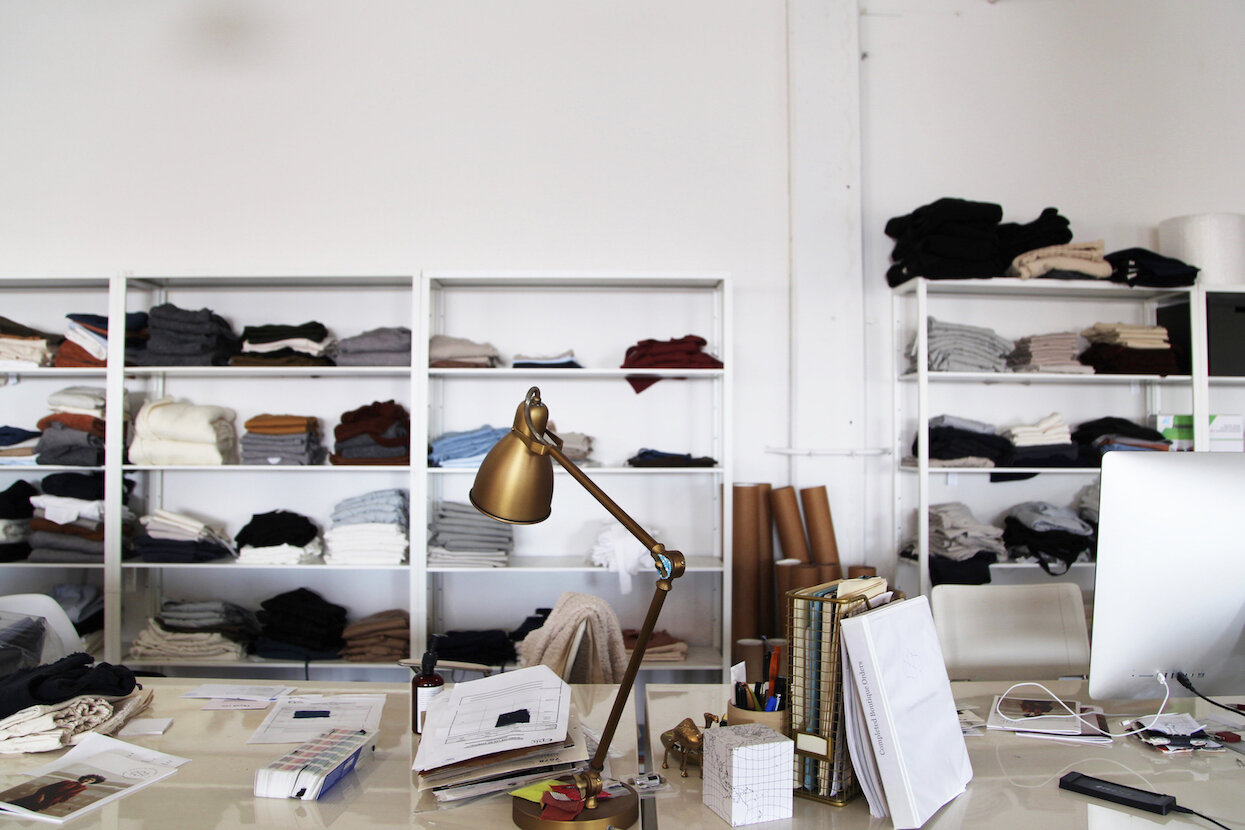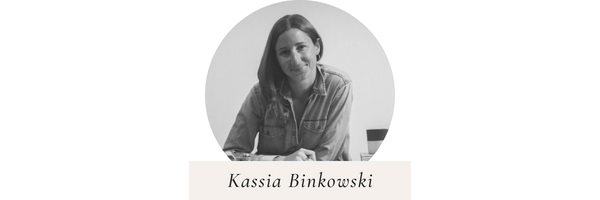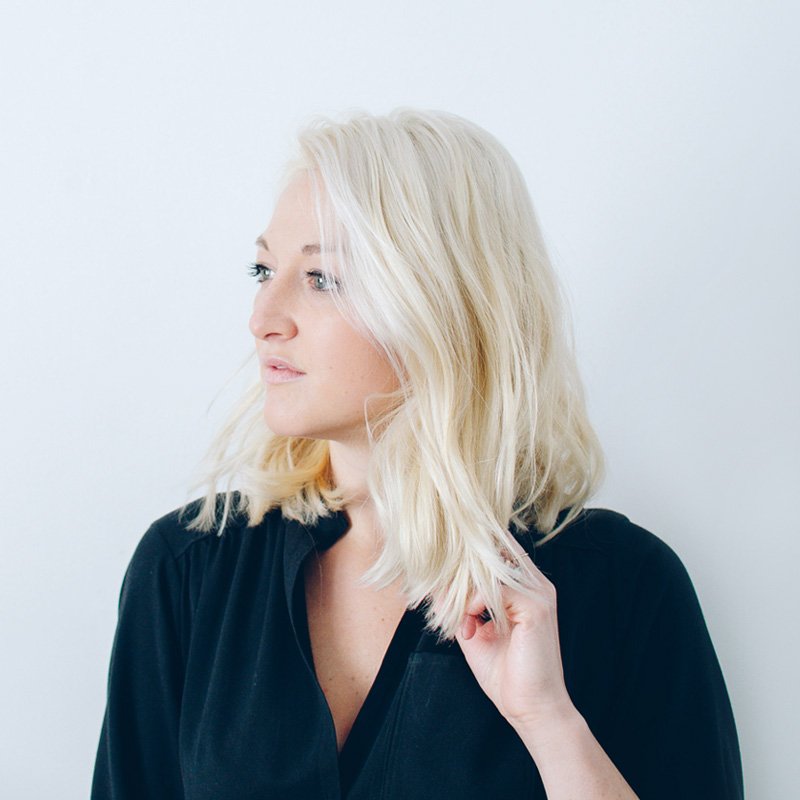
Designed To Be Your Favorite: Interview With Lisa Hackwith, Founder Of Hackwith Design House
Meet Lisa Hackwith, Founder Of Hackwith Design House
Lisa Hackwith is an artist and fabric is her medium of choice. Passionate about textiles since she was first gifted a sewing machine by her mother, she launched Hackwith Design House to produce limited edition fashion at affordable prices. Deeply valuing the time and creativity of her team of Minnesotan seamstresses, Lisa created a model of releasing a limited collection of products each week.
Today, Hackwith Design House offers a wide collection of timeless designs and quality pieces that afford women to quite literally wear their values on their sleeves. We sat down with Lisa to learn a bit more about her beautiful style, unique business model, as well as the exciting new launch of The Sustain Shop—her latest initiative to connect conscious consumers to the full life cycle of ethical clothing.
Minimalism and sustainability are so intricately tied. We’re inspired by how you launched Hackwith Design House with such a limited collection, just one new design each week for a season. Tell us the story of how you got started.
It actually started out of necessity. I was a one-woman show when I first launched the website, so I wasn’t able to produce more than a limited number of pieces each Monday. From my studio art background, I knew artists often did limited edition prints, so that inspired me to do some limited edition pieces. After about four months of selling out of each limited edition piece, I was able to afford a seamstress to work with me. I also found my business partner, Erin, who was able to take on the business side of the operation.
One look at your line and it’s clear that you are first and foremost an artist and fabric just so happens to be your preferred medium. Today, all HDH pieces are produced in your Minnesota studio by a talented team of seamstresses. Why does this matter to the consumer and what inspired your interest in sustainable fashion?
“This process helped me value the actual cost that goes into making each piece. If you as the consumer are not the one paying that cost, it means it is being passed onto someone else—typically the person doing the actual production.”
I quickly understood the effort it takes to create a single garment. I was home sewing every day by myself and this process helped me value the actual cost that goes into making each piece. If you as the consumer are not the one paying that cost, it means it is being passed onto someone else—typically the person doing the actual production.
There is value in knowing where your clothing comes from. It’s important to know that the people making the clothing you wear are being treated and paid fairly. As for the contribution American manufacturing has on our society, we are able to employ eight people who would not have a job in their trained skillset without us. They have incomes, families, and opportunities for career advancement. And to think that we are just a tiny sliver of the manufacturing industry!
We’re excited to see some large labels improving their ethics, but we still see so much innovation coming from smaller and more nimble companies like Hackwith Design House. From your perspective, how have smaller brands helped influence the overall sustainability of the fashion industry?
Any company who doesn’t have to satisfy the bottom line of their shareholders has a lot more flexibility in the choices they make, which means it will almost always be privately held companies or independent brands that are the most innovative in their approach. Hopefully more of the bigger brands that don’t have shareholders to answer to will continue to lead the way in how the fashion industry can address its serious environmental and ethical problems.
I grew up in Wisconsin and I say this with the utmost love for the region, but the Midwest is not exactly known for high fashion. In spite of this, you have managed to design a beautiful line of timeless pieces for women of all shapes and sizes. What inspires your style? And what qualities do you look for in your own purchases?
“I’m really interested in creating versatile clothing that appeals to women living their lives, outside the bounds of trends.”
I’m really interested in creating versatile clothing that appeals to women living their lives, outside the bounds of trends. I aim to design clothing you don’t have to worry about and that you feel great in. The internet, for better or for worse, is the great equalizer. It allows people to find our brand despite the fact that we aren’t located in a region known for fashion.
I try to buy from small, independent companies, like our own as well as locally-owned boutiques. On the weekends, you can usually find me in vintage jeans and a top from our basics line. This summer, my go-to outfit during the week has been our T-Shirt Dress, which is made out of a super-soft modal fabric.
What tips would you offer to someone who wants to begin curating a sustainable wardrobe? Where should they start?
Vintage stores! It’s a really affordable way to start that is a little less intimidating. From there, it’s a matter of retraining your brain to plan for the true cost of clothing and being willing to invest in timeless pieces that you can wear over and over again. For our part, we are hoping to make it easier for our customers to invest in sustainable pieces with the launch of our new project The Sustain Shop on June 4th. People are able to send in their old HDH pieces for a $20 gift card (per piece) and shop gently used and one-of-a-kind samples at discounted prices.
Instagram
Facebook
Twitter
RELATED READING
Kassia Binkowski is a Contributing Editor at The Good Trade and the Founder of One K Creative. She grew up in Madison, WI and traveled her way around the world to Boulder, CO which she now calls home. Nestled against the Rocky Mountains, Kassia supports innovative organizations from Colorado to Kathmandu tell their stories of social change through writing, photography, and design. Kassia is an eternal optimist and forever a backroad wanderer.
